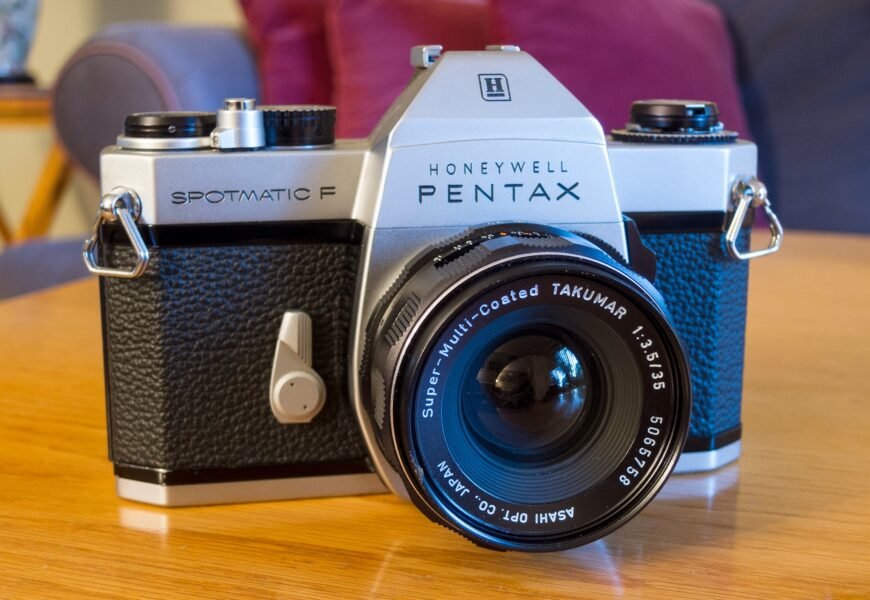As a photography enthusiast, I’ve had the pleasure of working with various camera brands over the years. Among them, Pentax stands out for its rich history, innovative technology, and commitment to delivering exceptional image quality. In this review, I’ll delve into the world of Pentax cameras, exploring their strengths, weaknesses, and what sets them apart from the competition.
History and Heritage
Pentax, a Japanese company, has been in the camera business for over 90 years. Founded in 1919 as Asahi Optical Joint Stock Co., Ltd., the company started producing cameras in the 1930s. In 1957, Pentax introduced its first SLR camera, the Asahi Pentax, which quickly gained popularity among photographers. Over the years, Pentax has continued to innovate, introducing groundbreaking cameras that have earned the respect of professionals and enthusiasts alike.
Camera Lineup
Pentax offers a diverse range of cameras, catering to different needs and budgets. Their lineup includes:
- DSLR Cameras: Pentax’s DSLR cameras, such as the K-1 and K-3, are designed for professionals and serious enthusiasts. These cameras boast advanced features like weather sealing, high-speed autofocus, and excellent low-light performance.
- Mirrorless Cameras: Pentax’s mirrorless cameras, like the K-1 II and K-3 III, offer a more compact and lightweight alternative to DSLRs. They feature advanced autofocus systems, 4K video capabilities, and improved low-light performance.
- Point-and-Shoot Cameras: Pentax’s compact cameras, such as the WG-60 and AW-110, are perfect for casual photographers who want a hassle-free shooting experience. These cameras are rugged, waterproof, and feature advanced image stabilization.
Key Features and Strengths
- Weather Sealing: Pentax cameras are renowned for their weather sealing, which allows photographers to shoot in harsh environments without worrying about damage.
- Image Stabilization: Pentax’s image stabilization system, known as “Pixel Shift,” helps reduce camera shake and blur, resulting in sharper images.
- Autofocus: Pentax’s advanced autofocus system, featuring 27 points, ensures fast and accurate focus acquisition.
- Low-Light Performance: Pentax cameras excel in low-light conditions, thanks to their advanced noise reduction and high ISO capabilities.
- Ergonomics: Pentax cameras are designed for comfort and ease of use, with contoured grips and intuitive controls.
Weaknesses and Areas for Improvement
- Sensor Size: Pentax cameras often feature smaller sensors compared to their competitors, which can affect image quality and low-light performance.
- Video Capabilities: While Pentax cameras can record high-quality video, they may not match the advanced features and stabilization of dedicated video cameras.
- Battery Life: Pentax cameras can have relatively short battery life, especially when using advanced features like 4K video or continuous autofocus.
Conclusion
Pentax cameras have earned a reputation for their durability, image quality, and innovative features. While they may not be perfect, Pentax has consistently delivered high-performance cameras that cater to a wide range of photographers. Whether you’re a professional, enthusiast, or casual shooter, Pentax offers a camera that can meet your needs.
Recommendation
For beginners and casual photographers, the Pentax K-70 or WG-60 would be an excellent starting point. For professionals and enthusiasts, the Pentax K-1 II or K-3 III would be a great choice. Ultimately, Pentax cameras are an excellent option for anyone seeking a reliable and feature-rich camera that can help them capture life’s precious moments.
Rating
I would give Pentax cameras an overall rating of 4.5 out of 5 stars. While they may not be perfect, Pentax has consistently demonstrated a commitment to innovation, quality, and customer satisfaction.







